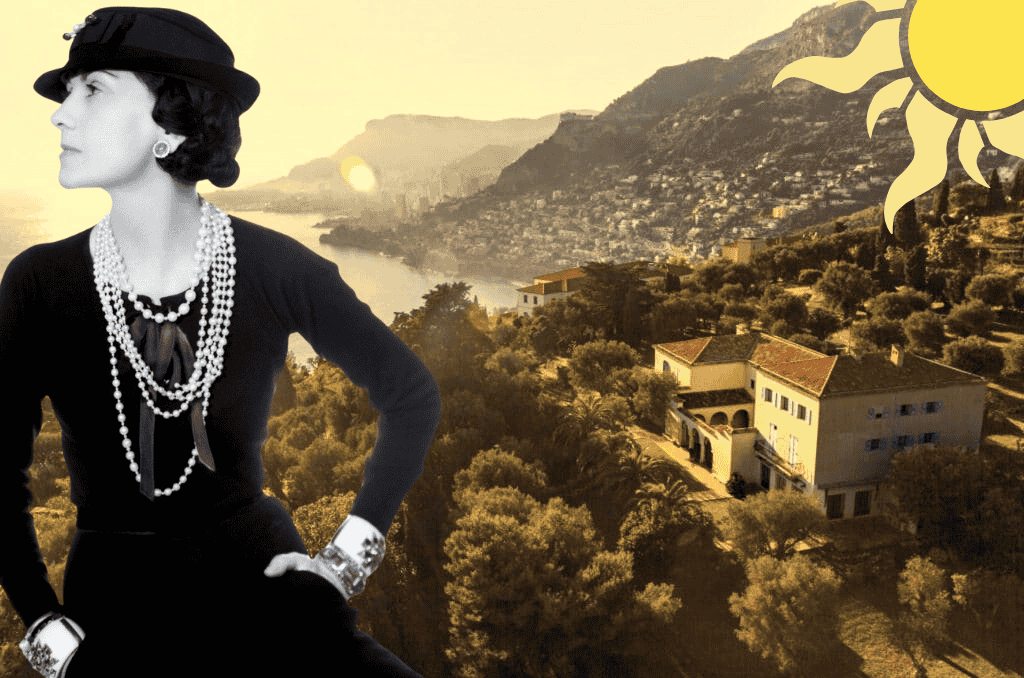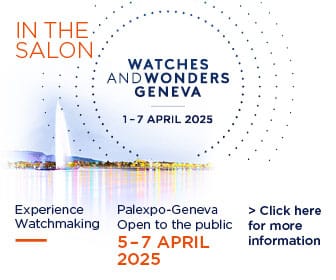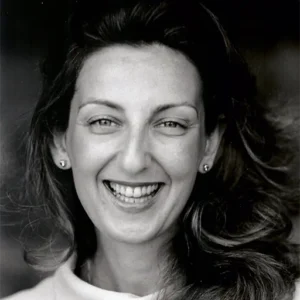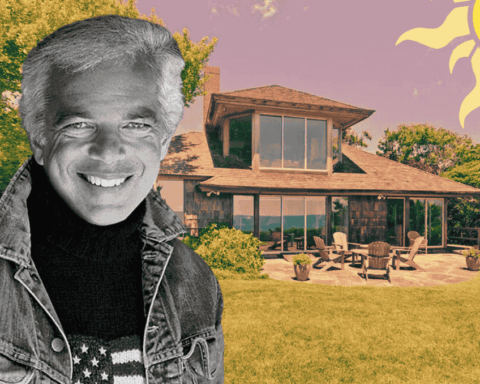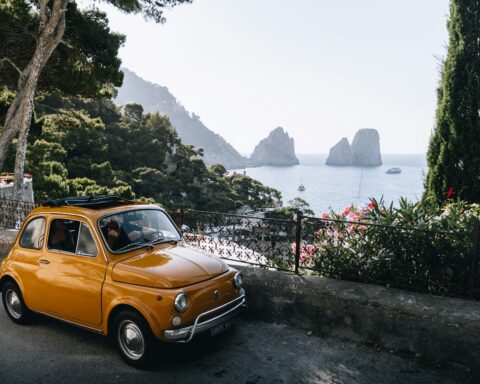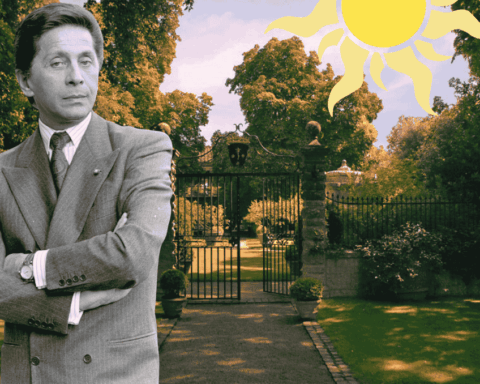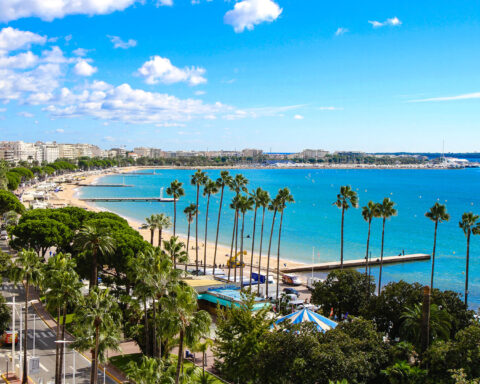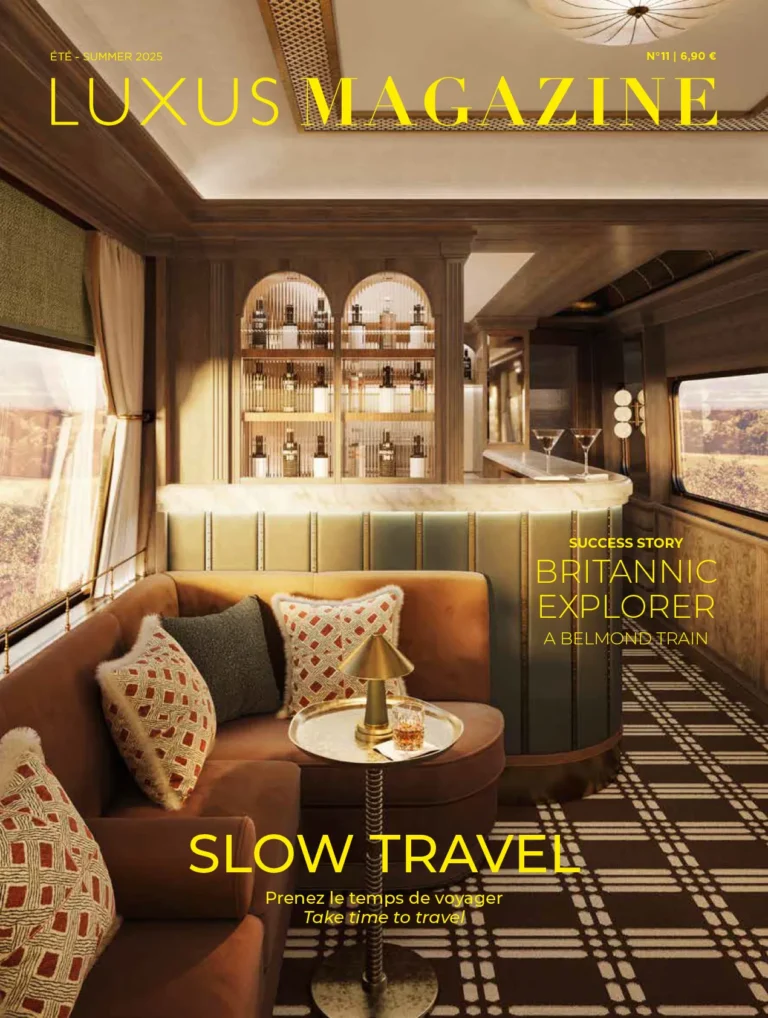From Miami to Tangier, via the French Riviera, Cascais and the Hamptons, the biggest names in fashion have found summer retreats far from the catwalks and spotlights where they can express their creative genius. From legendary villas and family homes to secret workshops and castles, each of these exceptional locations embodies the spirit, audacity, and art of living of their famous owners.
This summer, LUXUS MAGAZINE takes you on a weekly tour of a prestigious residence: a nine-part journey through the iconic vacation spots of the world’s greatest fashion designers. Today, our journey continues to La Pausa, the minimalist retreat of Gabrielle Chanel in Roquebrune-Cap-Martin.
La Pausa, Mademoiselle’s secret retreat on the Riviera
Overlooking the dazzling reflections of the Mediterranean, La Pausa was much more than just a vacation home for Gabrielle Chanel. Designed in her image, this villa, built in 1928 on the heights of Roquebrune-Cap-Martin, was a place of escape, memory, and creation. A spiritual refuge, social scene, and aesthetic manifesto, it embodies a secret but fundamental part of the couturier’s history. In this Mediterranean setting, far from the Parisian salons and the hustle and bustle of fashion, Mademoiselle Chanel finally allowed herself… a pause.
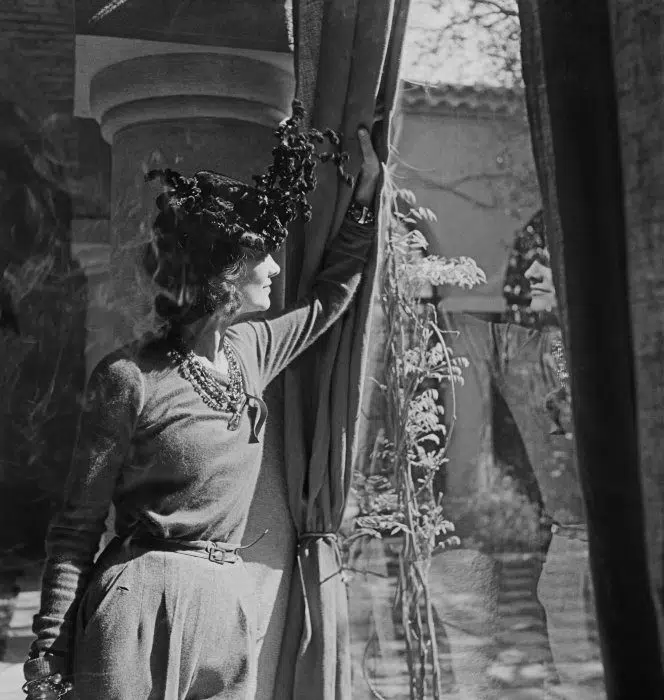
A house designed for silence and light
It was in a discreet corner of the French Riviera, between Monaco and Menton, that Gabrielle Chanel chose to build her summer home. The land, which once belonged to the Grimaldi family, is planted with century-old olive trees overlooking the sea from the heights of La Torraca. The name she gave to this residence – La Pausa, meaning “pause” or “rest” in Italian – perfectly sums up the spirit of the place: it is a refuge where one can stop, retreat, and breathe. It also refers to a legend that Mary Magdalene stopped in the area on her way to Jerusalem after the crucifixion of Jesus.
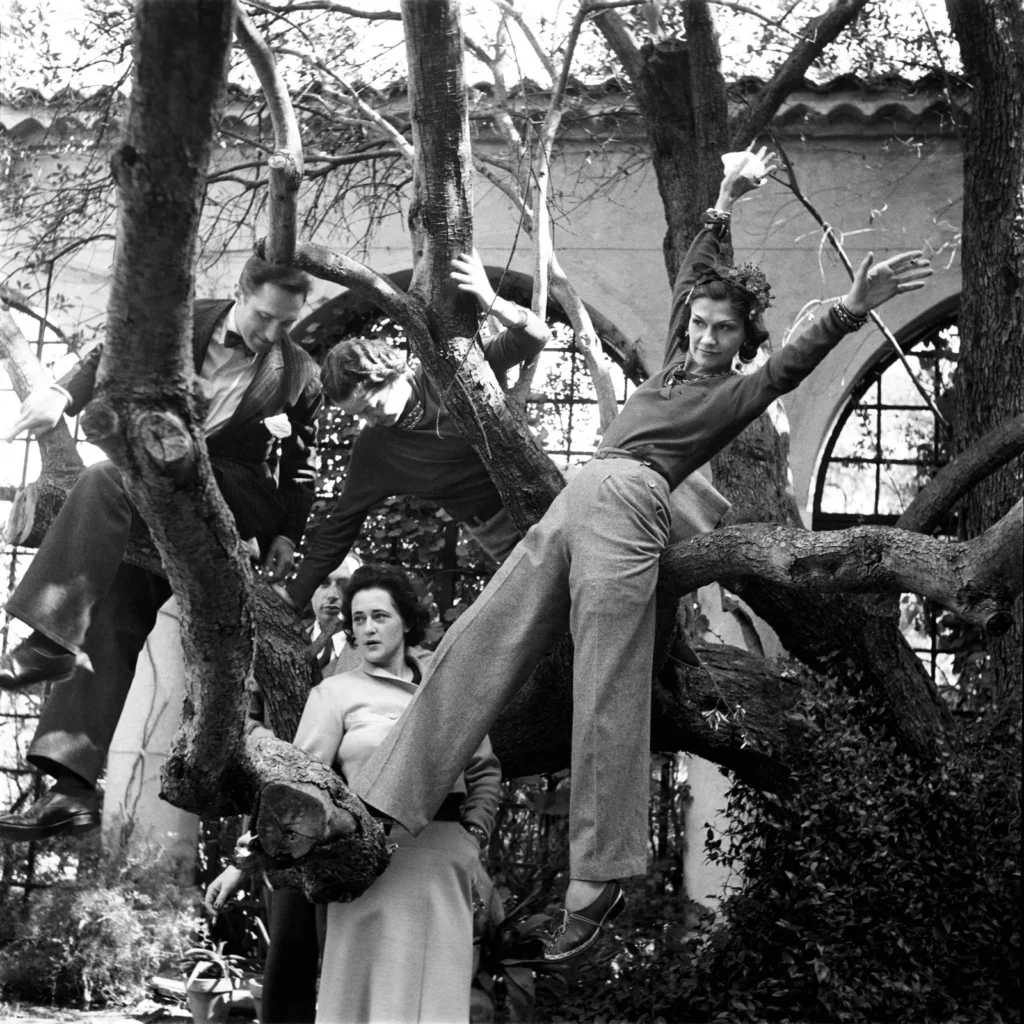
But behind this summer retreat lies a much more intimate resonance. Chanel called on architect Robert Streitz, but she personally oversaw every stage of the construction and paid attention to every detail: the wrought-iron railing, the terracotta floor tiles, the raw wood doors, and the garden of olive and lavender trees. Every month, she took the luxurious Train Bleu from Paris to supervise the work or sent a clerk to report back to her on every detail. She imagined a villa with clean, white, simple, and uniform lines, a clear nod to her childhood spent at the Aubazine convent, where her father had her raised in the depths of the Corrèze countryside. The stone staircase, the cloister with its glass arches, the symmetrical columns, and the shaded patio are reminiscent of monastic architecture. La Pausa thus became an evocation of the sacred, transformed into a space of freedom. Two smaller villas complete the residence, providing accommodation for a few friends. One of them was frequently occupied by her friend and associate Vera Bate Lombardi, known as Sarah Gertrude Arkwright.
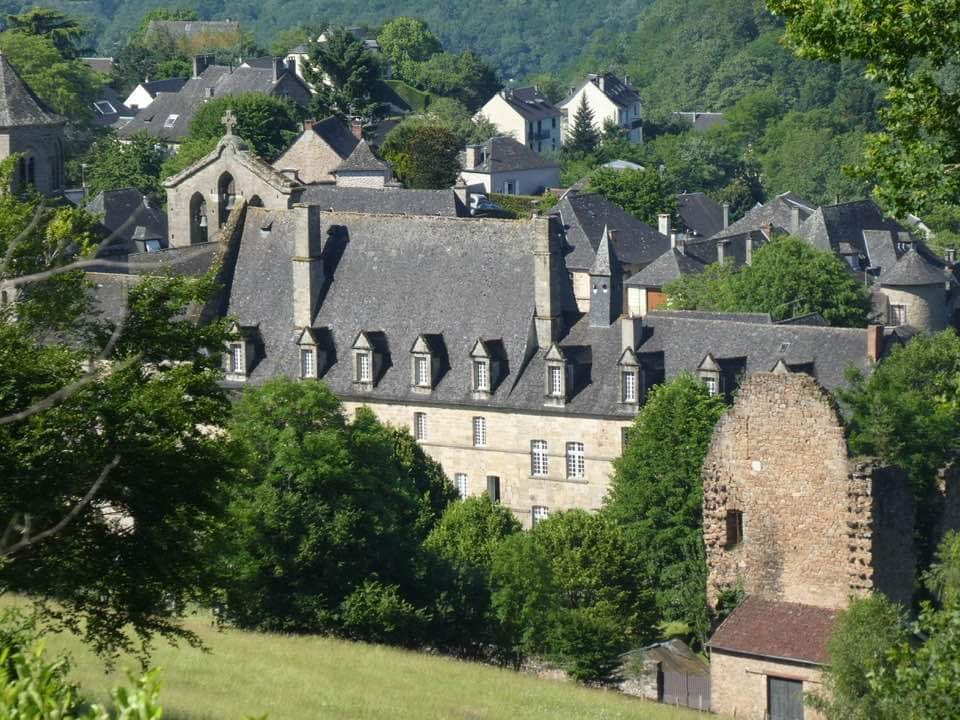
The Aubazine convent
With its seven bedrooms, three living rooms, two kitchens, dining room with light wood paneling, and carefully selected 16th- and 17th-century Provençal and Spanish furniture, the 1,300 m² house is not overly decorated. There is no swimming pool either: Gabrielle Chanel hated swimming. But the house, nestled in a 3-hectare garden planted with irises, olive trees, lavender, jasmine, and orange trees, itself surrounded by a forest of century-old olive trees, offers sublime terraces where she meditated, drew, and conversed away from prying eyes.
A circle of friends and creativity
While La Pausa was a haven of solitude for Chanel, it quickly became a daring and uninhibited summer salon for the intellectual and artistic elite of the time. Summers were punctuated by spontaneous dinners, walks in the scrubland, tennis matches, and discussions that lasted until the early hours of the morning on the terrace facing the sea. Guests included Jean Cocteau, Salvador Dalí and his wife Gala, Pierre Reverdy, Greta Garbo, Luchino Visconti, and above all Hugh Grosvenor, 2nd Duke of Westminster, Gabrielle Chanel’s lover and patron, who partly financed the construction.
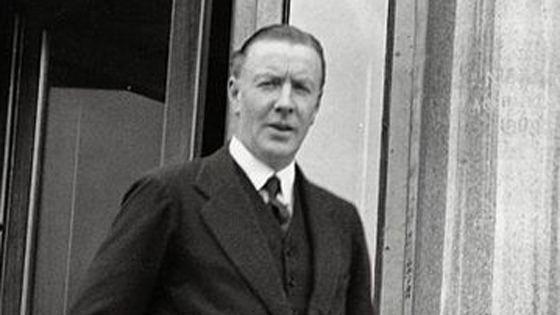
The villa has also been the scene of tragedy. In 1935, Paul Iribe, Coco Chanel’s decorator and companion, died suddenly of a heart attack on the tennis court at La Pausa. This event had a profound effect on the designer. But the house continued to thrive, animated by an artistic effervescence. In 1938, Dalí spent several months there and signed some of his major works, including The Endless Enigma.
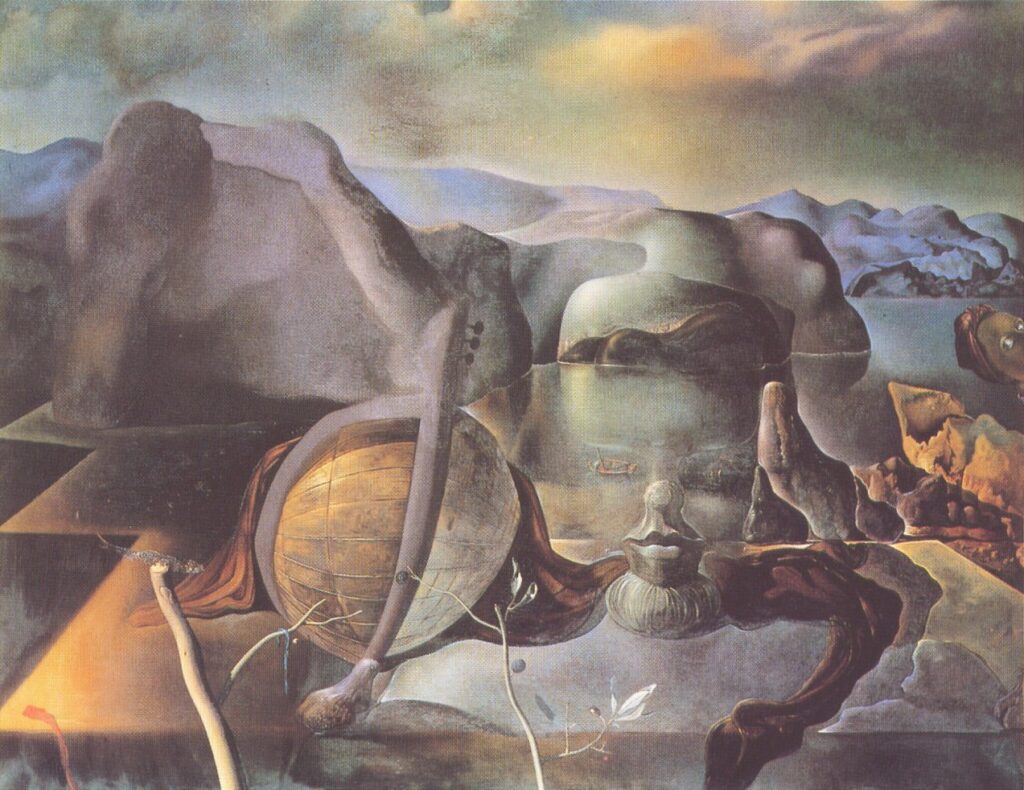
Gabrielle Chanel orchestrated these moments with the natural ease of a visionary hostess, long before artist residencies became fashionable. Her days began with the sound of cicadas and the bright southern light. She would drink her coffee on the terrace, surrounded by irises in bloom, read Nietzsche or Proust’s correspondence in the shade of the fig trees, chat at length with her guests barefoot under the cypress trees, meditate and imagine worlds with a freedom that was rare for the time.
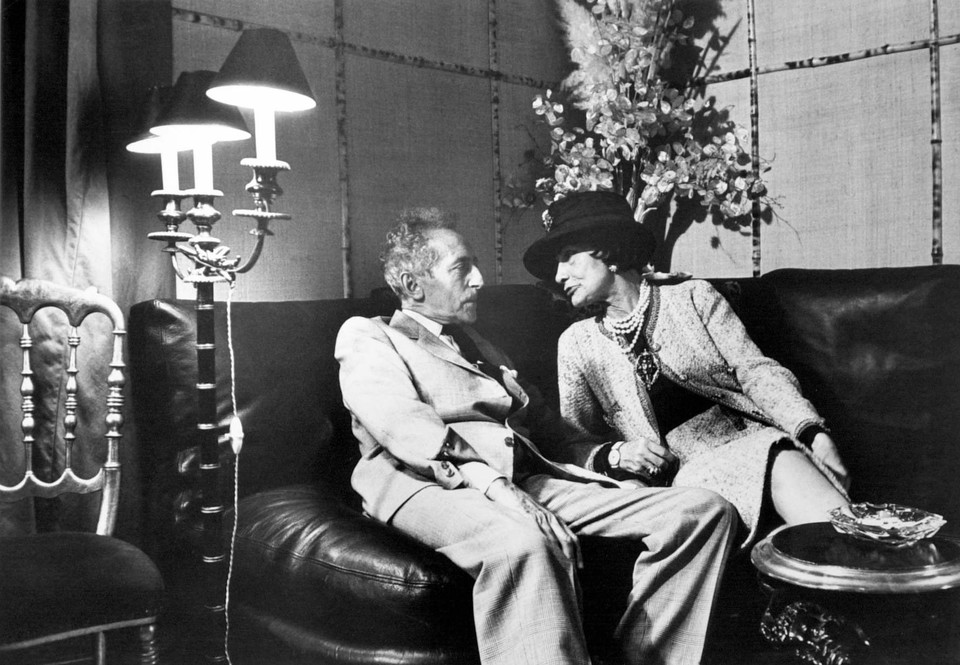
At La Pausa, Chanel also refined her stylistic vocabulary: white linen dresses, espadrilles, large straw hats, no corsets… The influence of the place on her fashion was undeniable. She invented a free and effortless Mediterranean chic that would become the hallmark of the Riviera style.
From oblivion to rebirth: a house with a romantic destiny
After the death of the Duke of Westminster in 1953, Gabrielle Chanel sold La Pausa. Too many painful memories. The house was acquired by Emery Reves, an American journalist and writer of Hungarian origin and literary agent to Winston Churchill. He stayed there eleven times, spending a total of 54 weeks between 1956 and 1959, writing much of his monumental work History of the English-Speaking Peoples – proof that La Pausa has never ceased to attract brilliant minds.
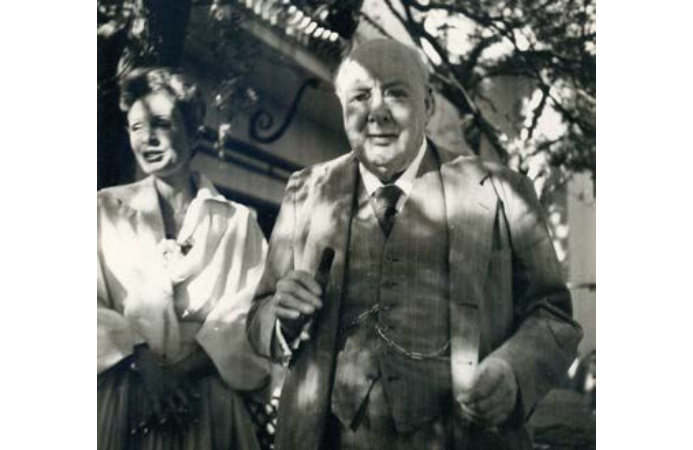
After Emery Reves‘ death in 1981, his widow Wendy Reves bequeathed part of the original furniture and artworks to the Dallas Museum of Art, where five rooms from Villa La Pausa have been recreated. The Reves Wing was inaugurated in 1985. Wendy Reves died in 2007.
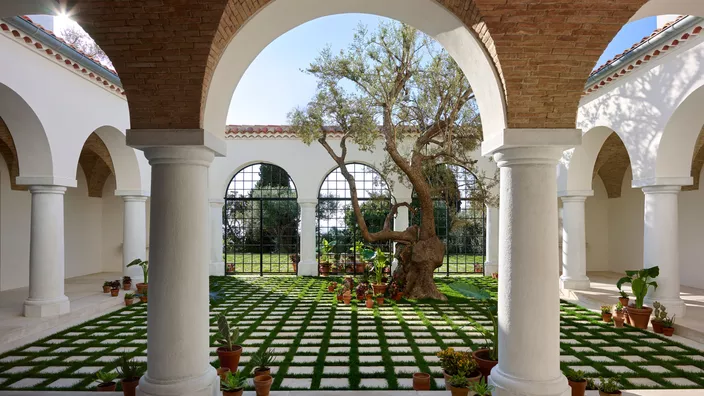
The villa then fell into relative obscurity until it was purchased in 2015 by Chanel in a rare and elegant gesture of heritage reappropriation. After five years of restoration by architect Peter Marino based on archives and old photographs, La Pausa has regained its original spirit: shaded patios, a Mediterranean cloister, period furniture found at auction or reproduced, and a carefully restored garden.
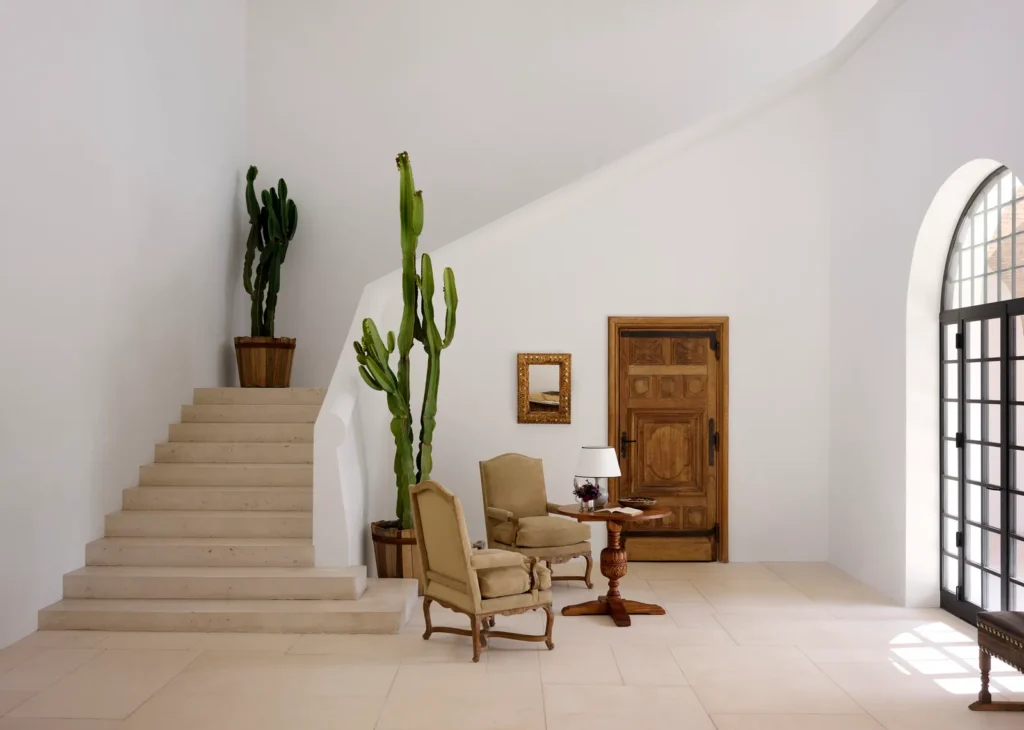
Although the villa is not open to the general public, it now serves as a residence for artists, writers, and creators. From September 2025, La Pausa will welcome members of the Maison Chanel creative team as well as guests involved in cultural projects linked to the Chanel Culture Fund.
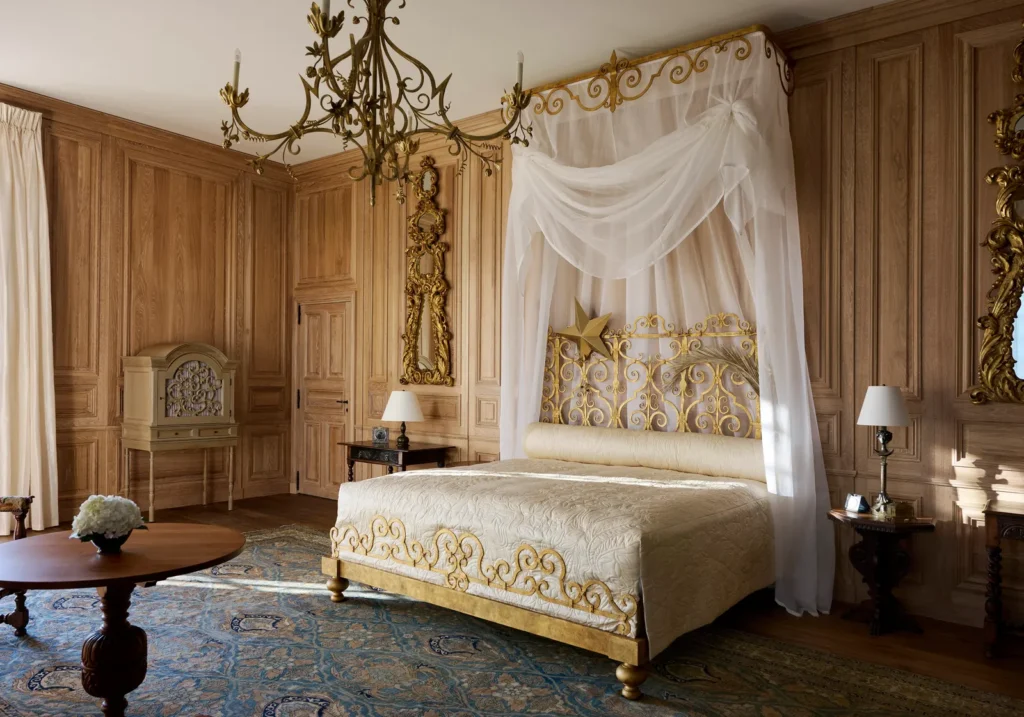
Yana Peel, International Director of Arts and Culture at Chanel, explains that she discovered that Gabrielle Chanel did not decorate La Pausa with works of art, but preferred to invite the artists themselves, offering them the ultimate luxury: freedom, time, and space. From fall 2025, the villa, reopened by Chanel Arts, Culture & Heritage, will once again become a living space for creation and dialogue, reviving the tradition of creative encounters initiated by Gabrielle Chanel in the 1930s.
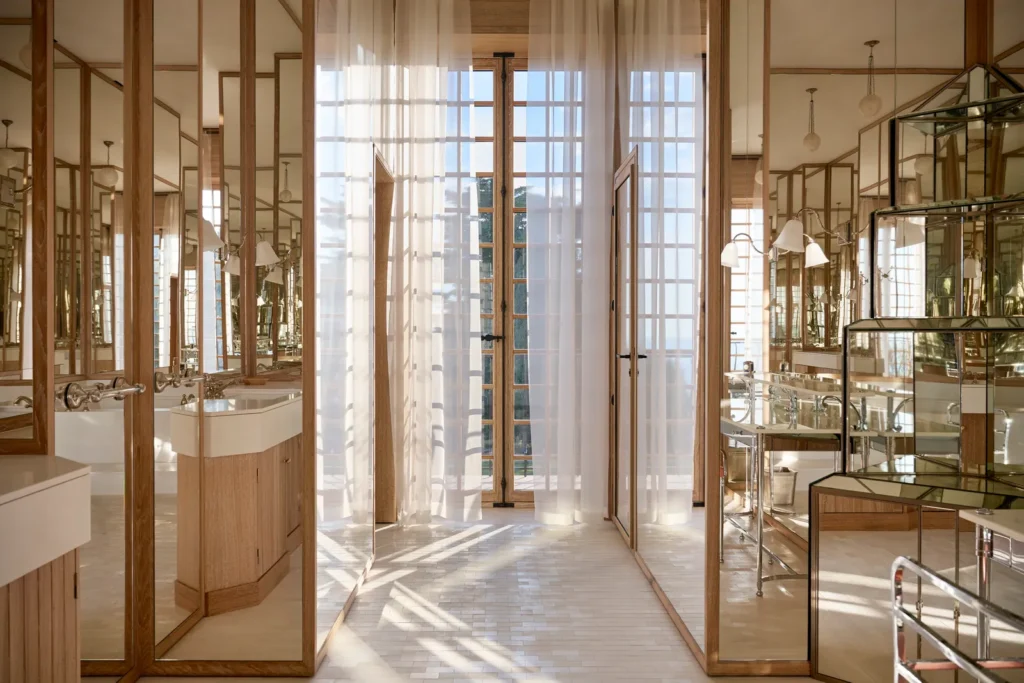
By restoring and enhancing La Pausa, Chanel is demonstrating its commitment to keeping the architectural and intellectual heritage of its founder alive. It is a rebirth that reconciles the House with its destiny.
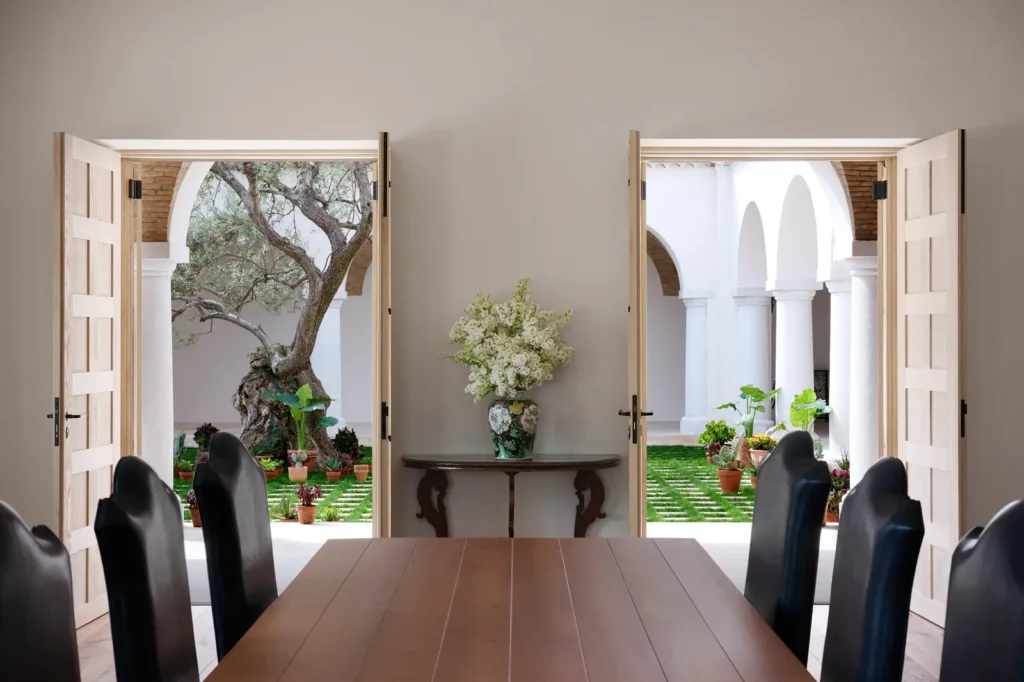
La Pausa, a self-portrait in light
La Pausa was never an ostentatious villa. It was a refuge for a free woman, a place where Gabrielle Chanel could break free from expectations, stares and conventions. She created a separate existence there, faithful to her values: simplicity, elegance and independence. Every detail of the house tells a story about her life, from her childhood as an abandoned child in Aubazine to her status as an icon of modern style.
Today, La Pausa continues to embody this radical vision of escape: a villa-refuge for minds that want to think differently, live differently, and create differently. And for those who visit, it is always a break from the outside world, true to the essence of Gabrielle Chanel, a laboratory of ideas, a summer dream come true…
Read: La Pausa, Gabrielle Chanel’s ideal Mediterranean villa, published by Flammarion, due out in September 2025
Next episode: Christian Dior and the Château de la Colle Noire
Read also > SUMMER SAGA: Designers’ retreats – Episode 03: Pierre Cardin and the Palais Bulles | Luxus Magazine
Featured image: montage of portrait of Gabrielle Chanel and La Pausa © La Pausa




